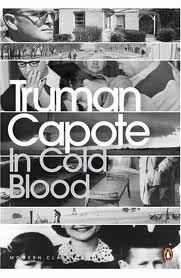
Everyone seems to love this book. Meanwhile, it’s a bit crap.
It’s all about James Frey’s attempt to recover from drug and alcohol addiction. He wakes up on an airplane, with a huge hole in his cheek and missing teeth, and slowly realises he is being flown to his parents, who will put him in rehab. The book tracks his recovery, and his romance with a fellow patient. The cover is full of quotes from reviewers, apparently seriously misled. (Utterly compulsive” “heartbreaking memoir” etc. Maybe they are on crack too). It was also a bestseller.
True is not always interesting. I am sure recovering from drug addiction really sucks, and mostly you think “I hate my life” and “I want drugs” basically all day. As the subject of an entire book however these two thoughts get dull very quickly. Blah blah blah I need crack blah blah blah I have ruined my life blah blah blah I need vodka. You get the picture. It’s only got one colour.
The best part was when he tells us all about how he had two root canals without anaesthetic or painkiller. He couldn’t have drugs because of his addiction, so he just had two tennis balls to hold. He held them so hard he split his fingernails.
Hilariously, your friend and mine Wikipedia tells me that it has emerged that some of the book was invented. Frey apologized for fabricating portions of his book and for having made himself seem “tougher and more daring and more aggressive than in reality I was, or I am.” He added, “People cope with adversity in many different ways, ways that are deeply personal. . . . My mistake . . . is writing about the person I created in my mind to help me cope, and not the person who went through the experience.” This does not surprise me. One very irritating aspect of the book is that he is constantly telling us how tough he is, and how he cows lesser men with his giant penis, (okay I exagerrate) etc etc. His publisher admitted that despite marketing the book as a memoir, and describing it as ‘brutally honest’ she had never had any section of it fact checked. Nice.








